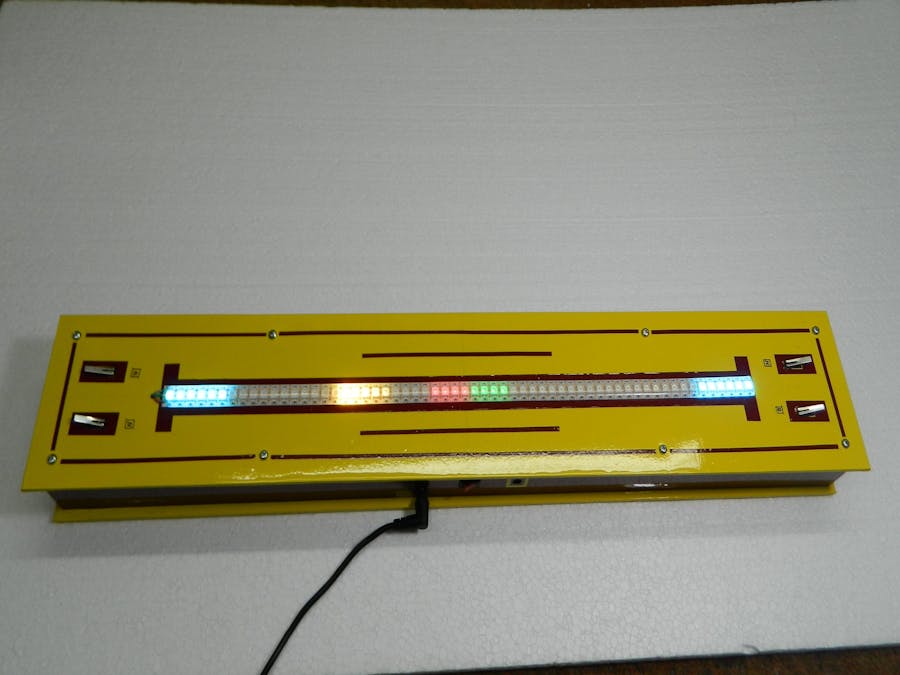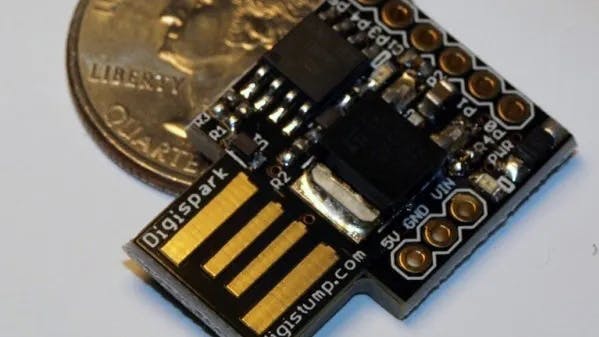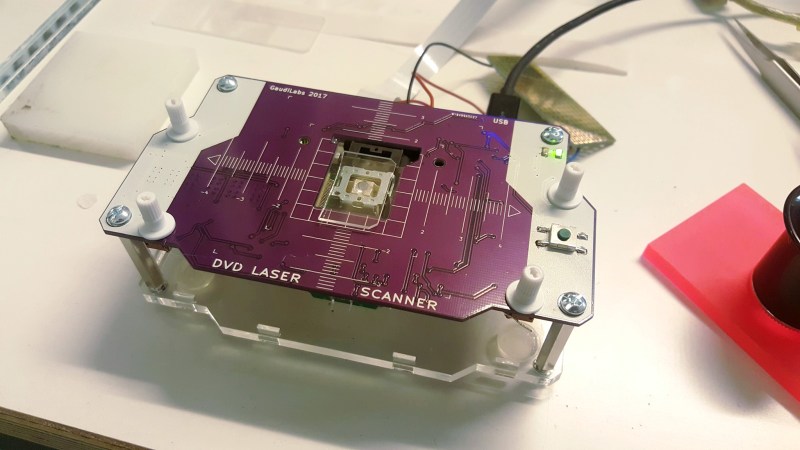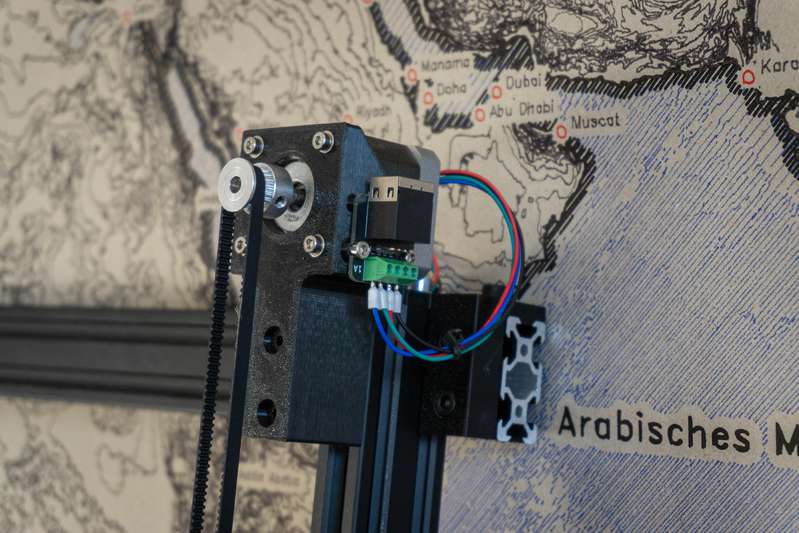According to the incredible success of it’s initial crowdfunding round, most of the internet seemed to have gotten wind of the Flipper Zero back when we covered the kick-off of the Kickstarter, some 6 months ago.
This slick, fine-looking device is touted as a digital Swiss Army knife of sorts — an open hardware platform with peripherals chosen to enable it to poke, probe, and prod nearly every physical interface you are likely to see in a commercial, consumer-grade product.
Designed to get you some insight on your wireless smart light, or reveal the hidden detail of an IrDA transmission, it’s a portable pentesting tool for the discerning hardware “phreaker” on the move.








